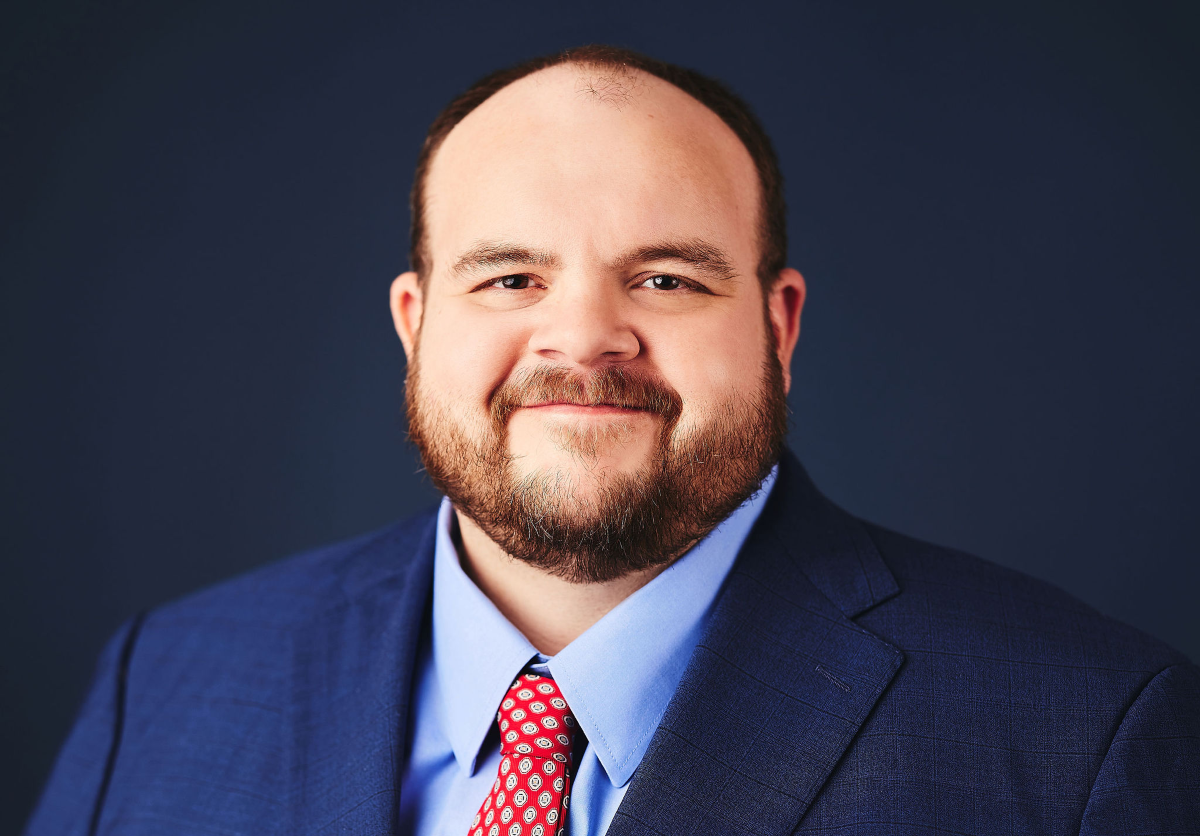Insurance company adjusters and claims executives often receive bonus compensation. Ten years ago, we discussed this in a post, Carrier Bonus / Incentive Plans: Dynamite Discovery Decisions, where we observed:
It is not breaking news that many insurance companies monetarily reward their claims department personnel for lowering claim payouts. Thankfully, most courts understand that this is an unacceptable business practice; so, it is not necessarily rare for courts to allow policyholders to discover information pertaining to bonus or incentive plans that insurance companies have in place for their ‘yes’ men and women (adjusters/examiners). That said, however, it is still worthwhile to remind everyone of this golden discovery nugget and to broadcast recent decisions on the subject.
Our firm closely follows case decisions about claims department bonus programs. We do this because if these programs don’t promote full and prompt recovery for the insurance customer, they often encourage delays and underpayments. A recent federal decision involving the treatment of a policyholder who purchased uninsured motorist benefits,1 ruled as follows regarding bonus and training plans:
At trial, Plaintiff may not produce evidence of the employee performance evaluations filed under seal. The Court reviewed those sealed files and finds that they do not seriously establish that Defendants were disciplining employees for overvaluing claims. The files contain sensitive information that poses an acute threat of embarrassment to the private employees who are the subject of those reviews. The evidence is both prejudicial and irrelevant….
As for the bonus information, the Court DENIES Defendants’ motion. The evidence appears relevant to Plaintiff’s bad faith claims, and does not carry the same risks as producing other personnel file information.
…
The Court therefore DENIES Defendants’ motion to limit Mr. Dietz’s testimony respecting his intent to testify as to Dr. Battaglia’s employment or the impact of bonuses.
…
[T]he training materials, bonus information, and testimony of Mr. Lewis which are offered for the same purpose (i.e., to establish Defendants’ bad faith) do not carry the same risk of needless embarrassment to private persons and are relevant to Plaintiff’s extracontractual claims.
Not surprisingly, the insurance industry and its lawyers want to hide how claims personnel receive bonus compensation. We are in a constant “cat and mouse” game about these issues in bad faith litigation because it is obvious that the failure to have a performance bonus structure that aligns with policyholder interests can lead to a failure to act in good faith. An insurance industry article written by Kevin Quinley, Busting the Bad-Faith Myth of Adjuster Bonus Incentives (InSights, Summer 2022), makes suggestions and counter-arguments to unethical claims bonus programs. Its introduction states:
Insurers face significant extracontractual risks from institutional bad-faith claims alleging claims handling deficiencies due to adjuster bonus plans. Bad-faith lawyers often argue that claims professionals should not receive contingent compensation (i.e., bonuses), alleging that such compensation promotes denying and underpaying legitimate claims—thereby boosting insurer profits. This article examines this argument, offers counter themes, and suggests ways management can design incentive compensation that reduces extracontractual bad-faith liability risks.
Do punitive damage awards work to stop bad faith acting insurance companies from having wrongful claims bonus programs? Quinley says they do:
Granted, the criticism may apply to bonus schemes that reward Adjusters solely for slashing claim payouts—a practice that invites Institutional bad-faith claims. But because some insurers have been stung by adverse judgments, many that previously adopted such schemes have abandoned them.
I wish I had Quinley’s empirical evidence about which insurance companies have stopped doing the wrongful bonus structure practice. This is a powerful admission about why the insurance industry needs punitive damages as a deterrent.
Perhaps Quinley’s article is in response to his role in one of the most bizarre claims executive bonus programs ever devised in the late 1990’s, “Bring Back a Billion.” How does a claims organization already allegedly acting ethically in one year, then change to save the company a billion dollars the next? Quinley is still trying to defend his losing expert opinions about this program which caused many insurance policyholders to be underpaid:
Even seemingly innocuous corporate mottoes can provide fodder for bad-faith attorneys painting a picture of financial goals warping sound judgment. In one case in which a law firm retained me on an insurer’s behalf, the insurer had launched a Strive for a Billion campaign.
Bad-faith counsel tried to rub the adjuster’s nose in the phrase, weaving it into a bad-faith theme. Still, nothing is inherently wrong with ‘striving for a billion.’ (After all, personal injury attorneys seeking ‘nuclear verdicts’ often swing for that monetary fence.) One need not have an MBA to realize that business.
Sustainability requires profitability. But having this awareness does not automatically mean shortchanging customers. An insurer striving to hit a billion-dollar earnings mark would not achieve it by denying or underpaying meritorious claims. If anything, such a goal would reinforce fair claims handling and foster delivering quality claims service and resisting overstated claims.
…
I was retained in a case in which plaintiff’s counsel showed that a periodic claims staff meeting topic was company profit and financial performance. However, to the extent that the claims staff were conscious of profit, that awareness flowed from understanding that profitability came from handling claims appropriately, not by slashing expenses arbitrarily.
This was not an innocuous motto. It was the motto driving the claims department. Pressure was placed on field adjusters to arbitrarily reduce claims estimates.
How about a goal to pay policyholders fast? How about a goal to fully inform policyholders of all their rights and benefits under the policy? How about a goal where policyholder claims upon audit are found to be not underpaid? These goals, where performance bonuses are given to adjusters and claims executives, are conspicuously missing. It does not take a rocket scientist to figure out why insurance companies trying to pay less and hold the float for as long as possible do not have these goals. He noted that these good faith benchmarks should exist:
To be sure, bonus schemes that feature financial benchmarks can foster bad-faith conduct. However, other incentive bonus plans that include financial benchmarks can safeguard against bad faith by including nonfinancial criteria that foster good faith and fair dealings. Those nonfinancial criteria bring us to the remedy of balanced scorecards.
Quinley should ask insurance company executives why they do not advertise good faith claims practices, as he noted:
Insurance marketing provides little help. With few exceptions, most ads tout cheap prices, lower premiums, and saving money. They rarely promote concierge-level claims service.
…
Insurer ads do little to burnish a brand image of claims handling prowess. Geckos, LiMu emus, Gronk, Flo, and Mayhem are notable insurance ad icons. Few to no ads, however, tout white-glove claims service.
Maybe because they are afraid of the bad faith lawsuits and claims of false advertising? Property insurance claim handling practices are often routinely delayed and underpaid in the personal lines arena, except for a few companies like Amica and Chubb. Examples of delays and underpayment are frequent and growing in the media.
If Quinley truly wants to improve the situation, he should advocate for bonus programs that reward good faith conduct. I’m not against bonus programs; I’m against those that encourage delays and underpayments.
Thought For The Day
A well-designed bonus system is a mirror that reflects a company’s values and priorities.
—Jim Collins
1 Nielsen v. California Capital Ins. Co., No. 2:22-cv-0177 (E.D. Wash. Sept. 29, 2023).




